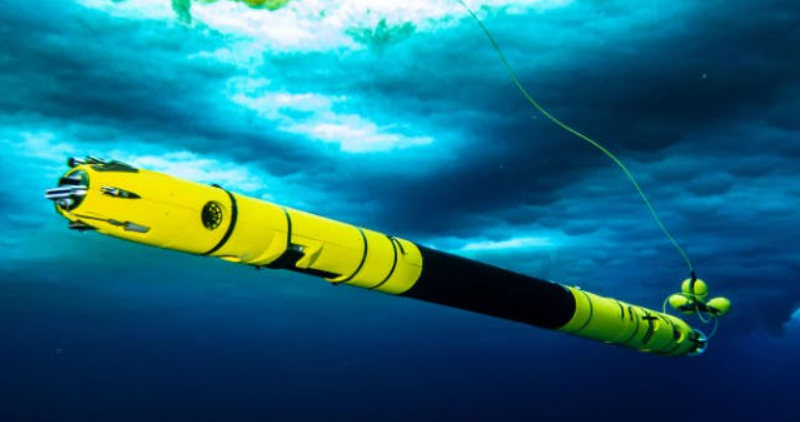How do Hot Air balloons work?
Hey friends, Happy Wednesday!
Let’s look at how Hot air balloons work this week. I aim to write my newsletter issues in a way one can follow them while traveling on a bus, having a coffee, waiting for food, etc. Let's jump in!
How it works: 15-second answer
Hot air balloons operate on the principle of buoyancy. Heating the air inside the balloon decreases its density, making it lighter than the surrounding air outside, allowing it to ascend. A burner, fueled by propane or butane, generates the heat necessary for this process. And these hot air levels are controlled to ascend or descend.
Answer to the question I posed last week
Last week, I asked why your phone behaves differently when there is water spilled over it.
This is because water is conductive. Hence if it’s spilled over the screen, this activates the touch screen in several places at once.
Shoutout!
Thank you all for your responses to my previous email on how touchscreen technology works. It was an absolute delight reading your email replies, and it means a lot to me. Thank you again!
I got the most number of emails this time, and I understand the interest in modern technology. And one of the missions of this newsletter is to appreciate gadgets and technology. So I’ll continue to include tech/gadgets like hot air balloons once in a while, which we don’t use or think often about. Thanks for the support.
How do Hot air balloons work?
Well, I’ve never been on a hot-air balloon. But while researching the topic for this week, I realized that I’d love to try it once. It uses our atmosphere in clever ways. Let’s see how!
Figure 1: A hot air balloon in close-up. Notice the burner located above the passengers in a basket. Source: The Big Balloon Festival
Science of how they lift and rise up?
We need a force to lift the air balloon into the skies. The more air particles in one space, the denser the air. As we heat the air within the balloon, they have more energy. So the air moves around everywhere, thus making the air less dense. Hot air is less dense than cool air. The balloon rises due to the lower density of the air within the balloon compared to the cooler surrounding air. Consider this analogy. A plastic bottle floats in water and a coin sinks. This is because the plastic bottle is much less dense compared to water. This is the same principle why a hot air balloon rises.
Figure 2: Hot air is less dense than cool air. So heating the air within the balloon causes it to lift up. Source: Science Sparks
How is the heat generated?
A burner generates the heat needed to lift the balloon. They typically run on propane or butane, which is stored in cylinders onboard. Mixed with oxygen, and ignited by a spark, it creates a flame that heats up the air inside the balloon.
Controlling the height:
Increasing and decreasing the burner levels heats and cools the air accordingly. In this way, we can control the air balloon to rise and lower. Also, a parachute vent is located at the top of the hot air balloon, which a pilot can open or close. This vent is used to release hot air from the balloon to descend quickly or to allow cooler air to enter the balloon and decrease its lift.
Fun Additional Info
How is the hot air balloon set up?
Nylon is the most commonly used fabric for the balloon as it can withstand the heat and tension involved in the process.
Figure 3: Steps for setting up. Cool air blown (Top); Hot air blown (Bottom Left); Balloon begins to rotate and stand up (Bottom Right). Source: The Big Balloon Festival
The nylon bag is laid flat and air is blown into it using a simple fan [Figure 3, Top].
After which, hot air is filled into it [Figure 3, Bottom Left]. This causes the balloon to rise due to the science we discussed.
With time, the balloon begins to rotate and reach a vertical position [Figure 3, Bottom Right]. The hot air is controlled so the balloon doesn’t rise up, yet. The passengers can get on and then the burner is increased for the hot air balloon to lift.
Instruments needed on a hot air balloon:
Altimeter: measures the altitude of the balloon.
Variometer: measures the rate of ascent or descent of the balloon.
Temperature gauge: measures the temperature of the air within the balloon
Question of the week
We can control the height by adjusting the burner levels. But how can we navigate the hot air balloon in other directions? Reply to this email with your thoughts, and we’ll discuss. I’ll answer this in the next newsletter edition.
Bring your Friends!
Refer one friend for this newsletter using your unique link below to read how I work behind the scenes along with my time and finance management specifics. It’s a fun PDF with cool pictures and a ton of in-depth information including all the tools I use. Thank you!
Gadget of the week
Figure 4: Icefin underwater exploration robot
Exploration robots: Icefin is a remotely operated underwater vehicle designed for scientific exploration in polar environments, particularly under Antarctic ice shelves. Icefin's data contributes to understanding climate change's impact on polar regions and global sea-level rise.
That’s all folks. Thank you for reading!
Have an amazing rest of the week, and take care!
Until next to next Wednesday,
Chendur




